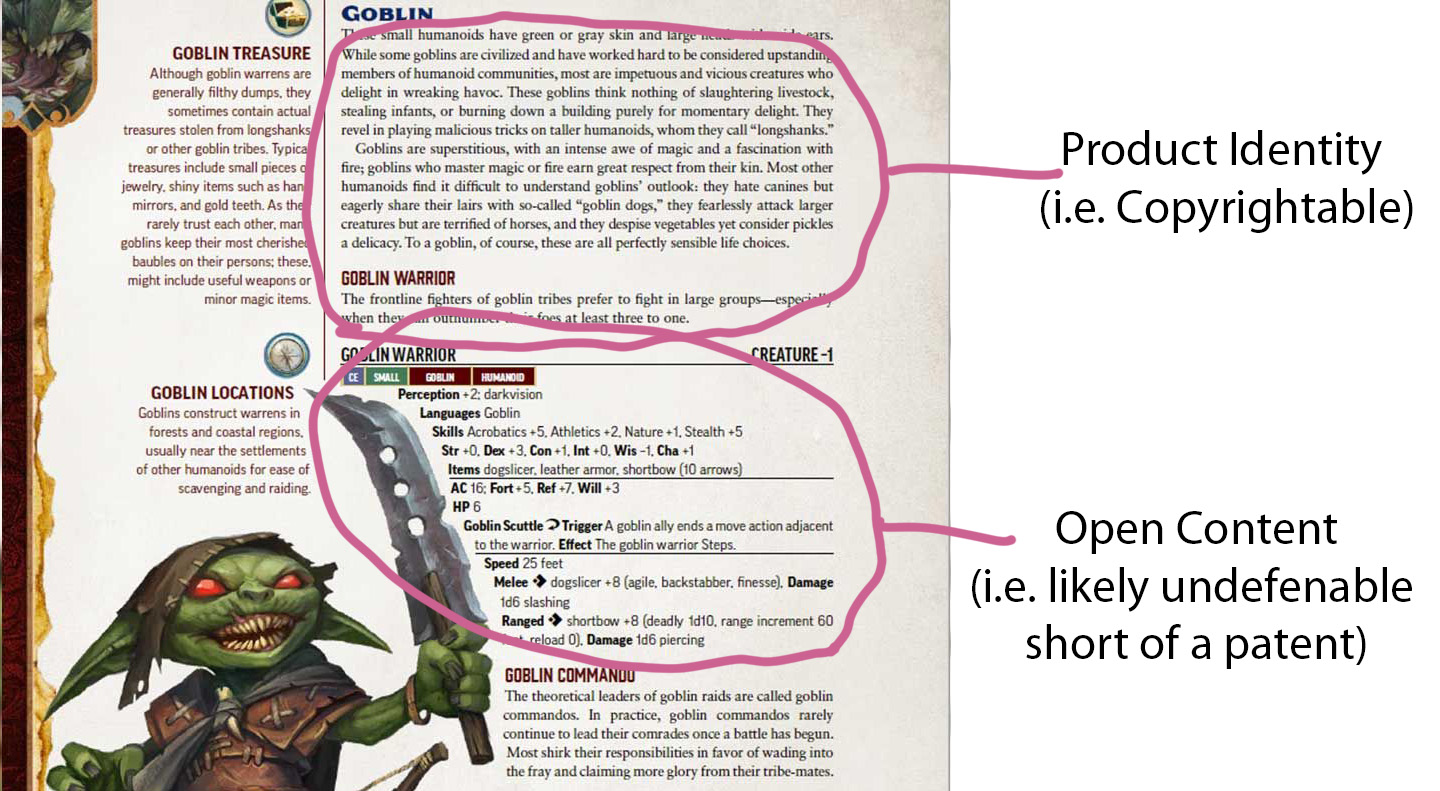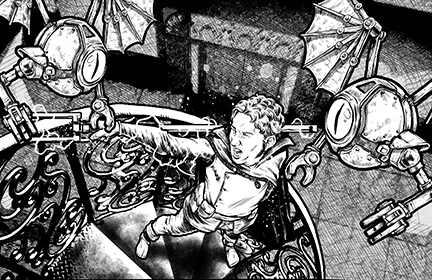I have endured countless meetings about gear. Sometimes we call it equipment, other times, we throw around the term itemization. Still, it’s all about the tools your character uses (and often gets to purchase) to do extraordinary things.
It’s a relatively contentious category of RPG design. There’s a push in pull toward a lot of different directions. First, and especially at lower levels, you want to give the players a bit of leeway. Many players love shopping for their characters during character creation. As the coinage scattered upon monster lairs pop up or employers pay their wages, the player eagerly wishes to know what this make-believe coin will buy. And while if you’re anything like me, mouthwatering dinners and copious amount of alcohol may do good service parting up with cash when we’re a little flush, that dog hunts maybe one session around the table. It lacks the appropriate dopamine response. But making a character bad-ass always gets the pleasure center juices flowing. No matter your culture, commerce still has an effect.
This is why the gear section of RPGs always resembles an old-style catalog’s toy section. Sometime in the future, when the codex goes the way of the dodo, it’ll resemble a webstore.
While it rarely stated, every RPG’s basic equipment section carries a base assumption—it should be the basic benchmark of what a character can purchase when they come in from the wild. This is a handy benchmark. When the heroes stroll in town, instead of having to deal with shopping trips one by one, the GM can always refer their players to a specific chapter in a particular book and get on with more important matters—be they politics and skullduggery with the town, or getting those heroes back on the road.
It’s also a chapter characters eventually outgrow. Whether they scrounge for the magic treasure they have or they engage in magic item economies with abandon, those new horizons are more pleasing than anything you can purchase in the gear chapter. All of a sudden, this chapter is something you have to endure. For the GM it’s where they find bonuses and penalties for armor and damage, and for heroes, it’s the slumming menu.
Keeping characters interested in staying their longer than character creation is always a goal when creating such chapters. It may seem a silly thought at first. Still, it does allow new GMs one method of keeping their head above water as they learn the ropes and offers a bit of transparency for the power-level progression at early levels. There should be some aspirations swirling amid the baseline.
And that’s tricky. More often than not, RPG presents a scattershot approach to gear. Give them a bunch of choices, hope it slows them down in analysis. Still, usually, there is little to set one variation from another. Players typically gravitate to the statistical centers that pop up within the mix of statistics.
I let you in on a little secret. I never ever want to debate the statistical differences between a 15th century English longsword and a katana. That’s a bit too simulationist and pedantic for my tastes. How about I just make a longsword, and you can make it whatever form you like, from historical to anime, and call it done. Also, when it comes to basic equipment, the more variation you have in the baseline, the more variations you present in magic item manifestation. This is not a huge problem, especially in home games. Still, it can be problematic when you plan for a run more massive multi-player campaigns played by dozens, scores, hundreds, or even thousands of folks who are going to create all sorts of weird character, are pleased with their basic itemization, and want to expand upon it in fun and exciting way upon leveling.
When designing the Delve gear, I have two main goals: make it as simple as possible while as fun as possible. I tended to go with broad or thematic categories.
Let’s look at armor. There is no chain shirt, chain mail, leather armor, hide armor. There are broad basis categories. There is leather, which details everything from a cool leather coat to padded armor. There is studded leather, which includes ring mail and just about anything you would have worn to an 80s Metal concert. And it goes right up to full plate, which could be a Gwar-ish monstrosity of angles and spikes to an exact replica of Henry VIII’s panoply. Broad strokes, exciting differences, and a smidge of realism. That’s all you really need with armor.
All-in-all, Delve has nine different armor types in three categories, which covers everything that’s needed for a pre-modern fantasy world. The real and crazy variation comes with magic items anyway.
Here is a sneak peek at the basic, gear-level armors in Delve. The first four pages of the Gear Chapter has been released to Delve Patron today. Art by Rick Hershey and others.
Upcoming Events
This next week, I’m going to run some Delve for Virtual GameholeCon. There are still a few seats left. Here is a link to that game.
Also, on November 14th, a table of Delve will be auctioned off for the Game Academy. If you have not heard of this wonderful program, check them out. I’m please to be part of their fundraiser this year.
On Monday, we are going to look at The Secret of Bone Hill, in tribute to the passing of Len Lakofka.






Leave a Reply